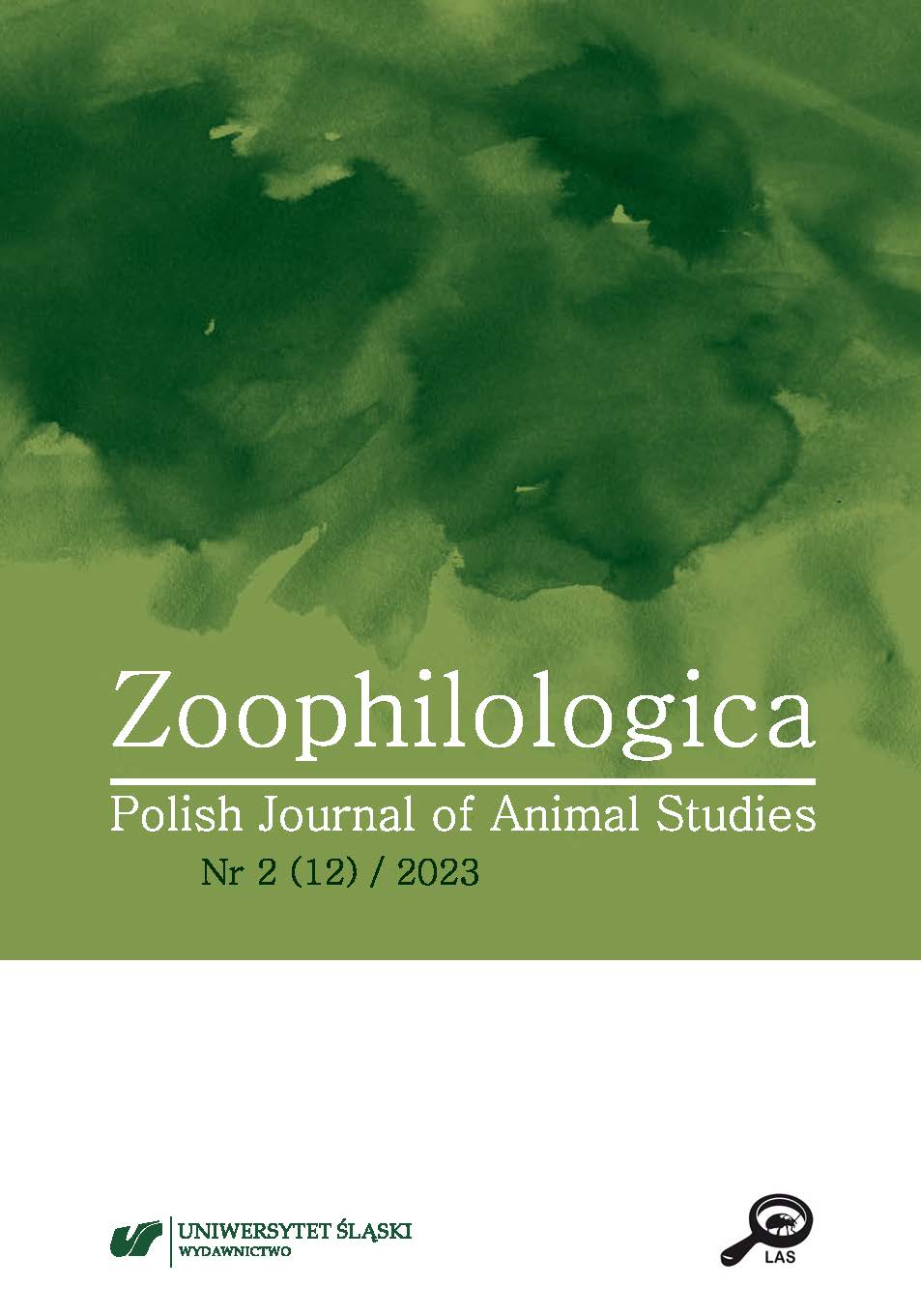Prześladowanie zwierzęcych imigrantów
The persecution of animal immigrants
Author(s): Andrzej ELŻANOWSKISubject(s): Social Sciences, Language and Literature Studies
Published by: Wydawnictwo Uniwersytetu Śląskiego
Keywords: species cleansing; bioxenophobia; biopolitics; environmental ethics; non-native species; neobiota; American mink Neogale vison; Asian raccoon dog Nyctereutes procyonoides
Summary/Abstract: The present doctrine that discriminates againstnon-native species and drives the indiscriminatecleansing of sentient animals from „invasive“species is deeply unscientific and unethical. Thedoctrine originated as a combination of AldoLeopold’s homegrown ecocentric ethics and C.S.Elton’s theory of invasion by animals and plants.Despite repeated criticisms the doctrine is widelyespoused by conservationists and the majorityof biologists with little or no ethical reflection,leading to a blatant bias in research and interpretationof its results as testified by consistentignoring any positive, while demonizing thenegative, impact of non-native animals withthe purpose of instigating their persecution.Species cleansing instigated by conservationistsrepresents biopolitics disguised as science, andas such constitutes an abuse of public thrustand financial resources dedicated to science.Here I expose the bioxenophobic bias in numerouspublications on the American minks andRaccoon dogs. The unbiased reading of the currentresearch results shows that the Raccoon dogsfound their trophic niche and the minks are inthe process (disturbed by repeated escapes fromfur farms) of carving out one of their own whilecontrolling the populations of other Americanimmigrants, muskrats and red swamp crayfish(both of which are considered invasive). Americanminks may possibly contribute to the disappearanceof the relic populations of Europeanminks but this is far from proven as the latter areon decline since XVII century. If a population ofa neobiotic predator really needs to be reducedthen the first rational and responsible movewould be to stop the influx of new individuals (byremoving their source) and the ongoing killingof its native competitors rather then inciting thepopulace to persecute wild animals. The strikingirrationalism and zeal of conservationists tovilify and persecute non-native animals calls foran explanation. It seems to result from bioxenophobiawhich arises as a combination of biophiliaand nativism, and turns conservationists’ angerover the devastation of biosphere into instrumentalaggression against non-native („alien“) species.
Journal: ZOOPHILOLOGICA. Polish Journal of Animal Studies
- Issue Year: 2/2023
- Issue No: 12
- Page Range: 1-25
- Page Count: 25
- Language: Polish

